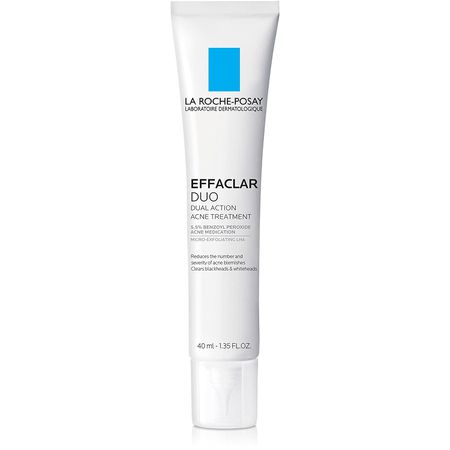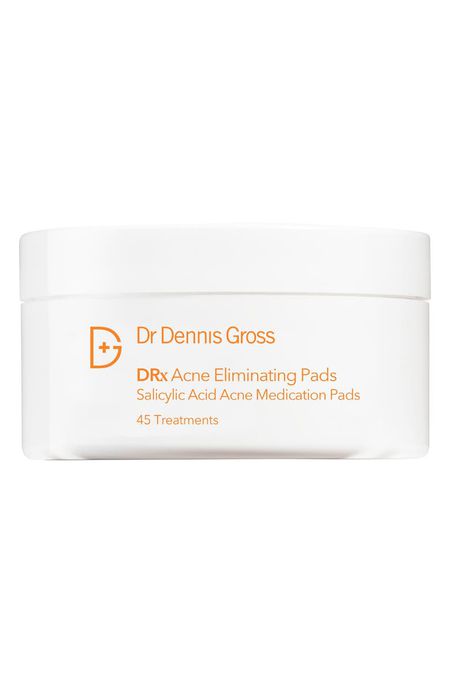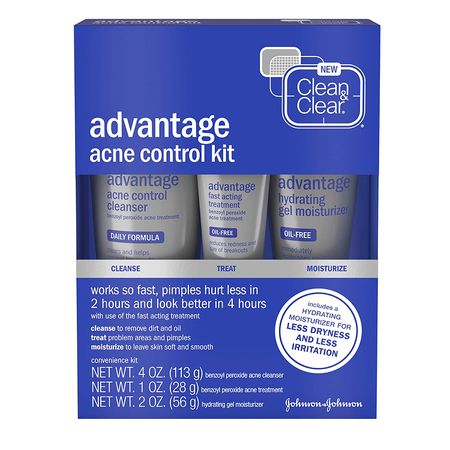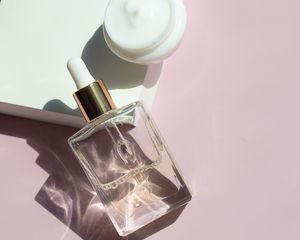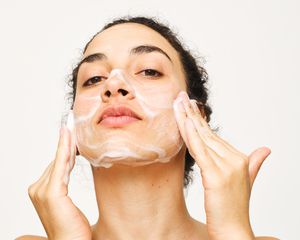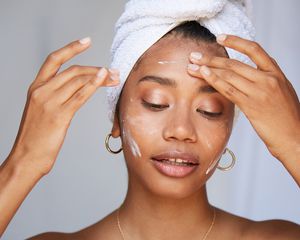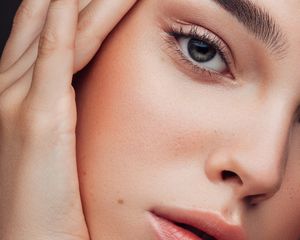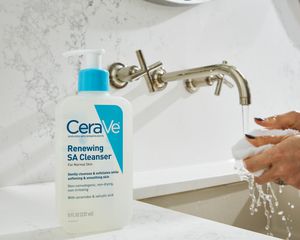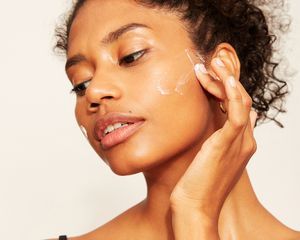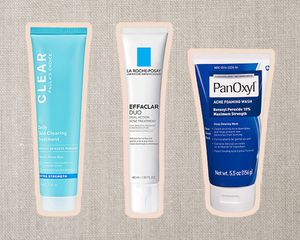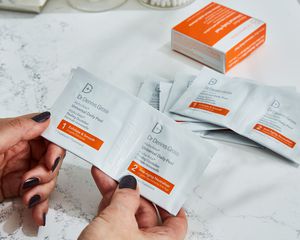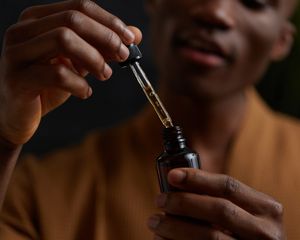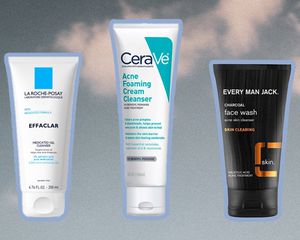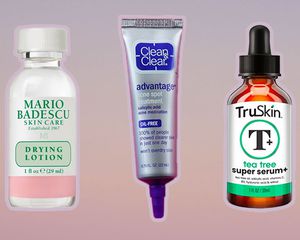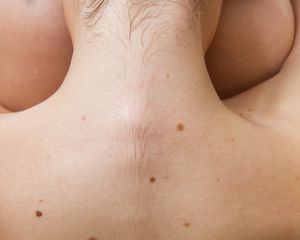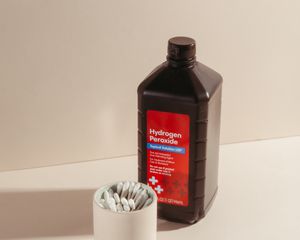
Studio Firma / Stocksy
For those like me who have had acne since the moment they hit puberty, two ingredients have become mainstays in our day-to-day skincare routines: benzoyl peroxide and salicylic acid. We've been told these acne-fighting ingredients are the key to treating unwanted blemishes, and as a result, we sometimes use them like they're interchangeable. But they are two very different ingredients that do very different things when it comes to acne.
We asked dermatologists Arielle N.B. Kauvar, MD and Arielle Nagler, MD to break down for us these two powerhouse ingredients, the differences between them, and how we are supposed to correctly use them.
Meet the Expert
- Arielle N.B. Kauvar, MD, is a board-certified dermatologist, laser surgeon, and founding director of New York Laser Skin Care on Fifth Avenue in New York City.
- Arielle Nagler, MD, is a board-certified dermatologist and assistant professor at the Ronald O. Perelman Department of Dermatology at New York University Langone Medical Center.
Keep scrolling to see what our experts had to say about benzoyl peroxide and salicylic acid.
What Is Benzoyl Peroxide?
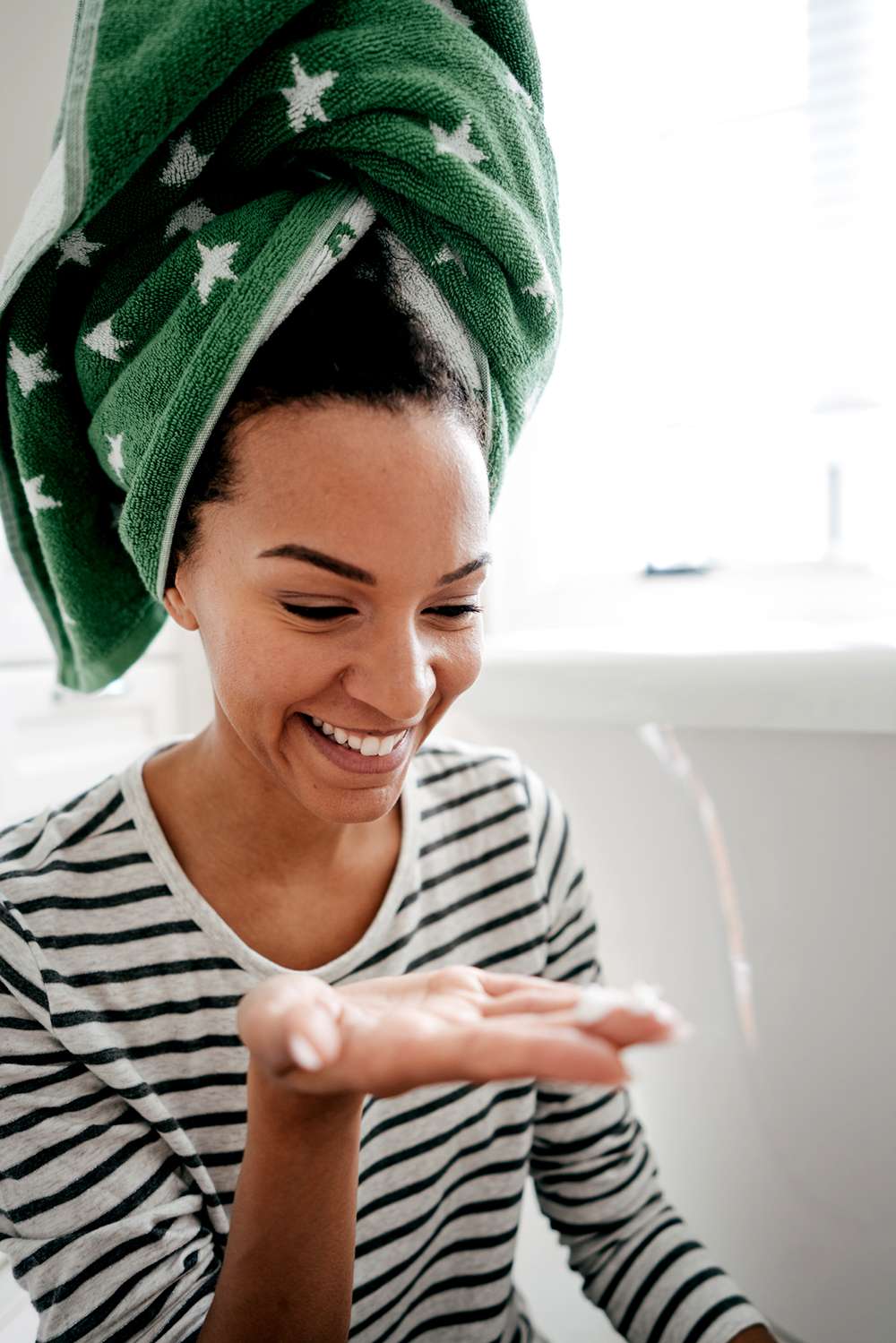
kate_sept2004 / Getty Images
"Benzoyl peroxide is an antibacterial agent. It helps to kill P. acnes, the bacteria that have been implicated to play a role in the development of acne," says Nagler. "It also helps to prevent small pimples called comedones (comedolytic). It is a good ingredient because there have not been reports of resistance to this."
"Benzoyl peroxide is a topical medication that kills acne-causing bacteria. It works very quickly, and most people see results in as early as five days," says Kauvar. "It works to reduce pimples and pustules because of its bactericidal properties."
What Is Salicylic Acid?
Salicylic acid, on the other hand, targets a cause of acne rather than the acne itself: "Salicylic acid does not kill bacteria," says Kauvar. "Salicylic acid, a beta-hydroxy acid, works at dissolving away dead skin cells on the skin surface and in the pores, which become clogged with acne. The combination of increased oil, dead skin cell accumulation that clogs pores, and bacteria contributes to acne. It also removes surface oil and evens out skin texture."
Benzoyl Peroxide vs. Salicylic Acid
The biggest difference between benzoyl peroxide and salicylic acid is that benzoyl peroxide has antibacterial properties, while salicylic acid primarily targets clogged skin. Both are effective, depending on your particular skin concerns.
How to Use
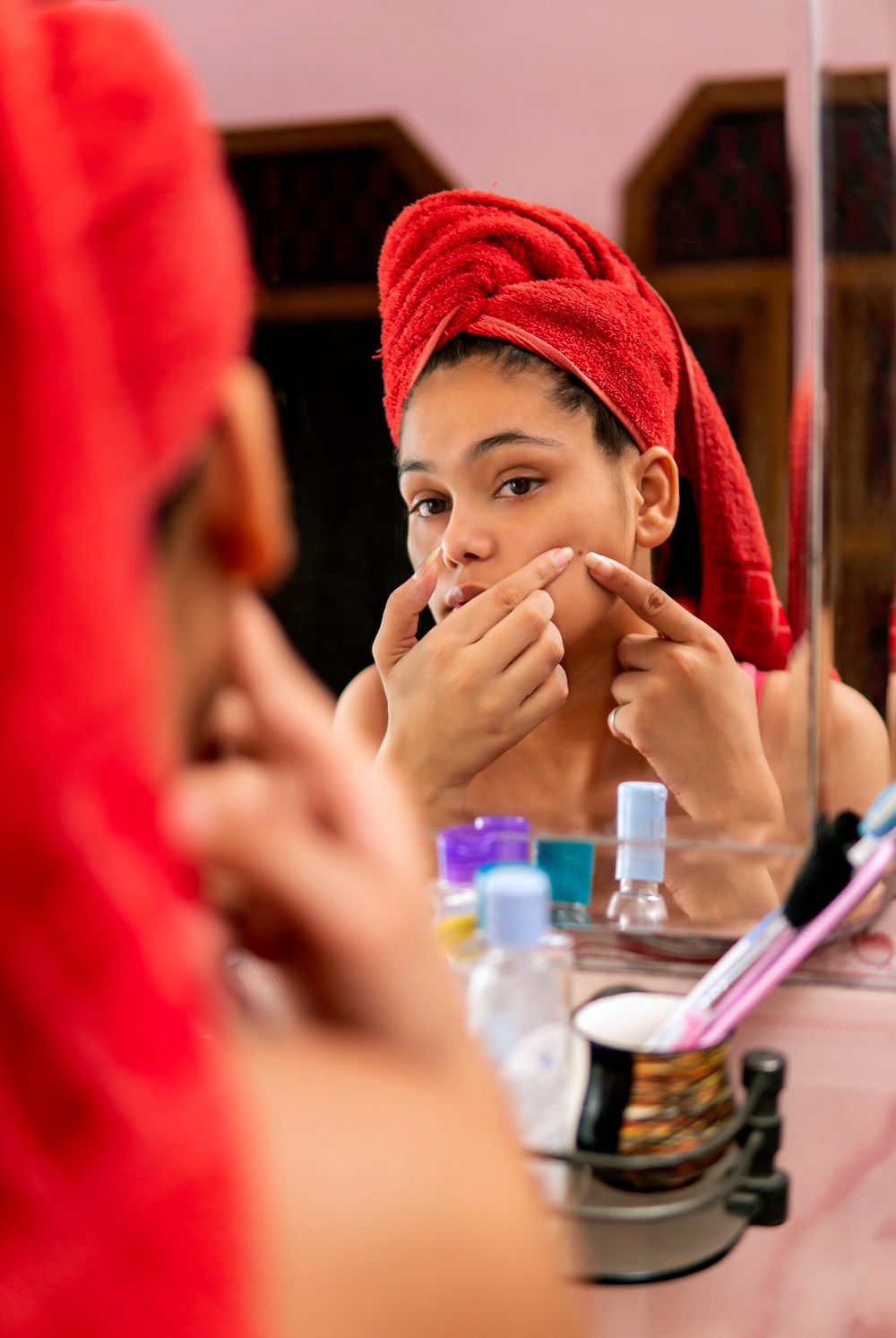
Clovera / Getty Images
"Benzoyl peroxide should be used anytime someone is using a topical or oral antibiotic for acne," says Nagler. "Salicylic acid alone works well for blackheads and whiteheads (clogged pores without the inflammation), but since it is not bactericidal, it has limited effect on pimples and pustules," adds Kauvar. "Most people with papules and pustules benefit from a combination of the two products."
As for using both ingredients together, both derms say you can, with some caution. Nagler notes that they can be super drying when used together, and Kauvar says it's best to use them in two separate products so that you can adjust their usage individually to control any irritation.
"A common problem in patients with acne is that they layer on too many products too often hoping to clear their acne faster, but they slow down their recovery when skin irritation develops," says Kauvar. "It can be irritating, and some people quickly develop redness and irritation."
When to Use Each
These ingredients can be applied morning or night, as long as you're pairing with a strong SPF. "If people are using both, it's best to use one in the morning and one at night," says Nagler, as opposed to combining.
"Avoid using benzoyl peroxide together with retinoids like retinol and tretinoin or abrasive cleansers or scrubs—this can cause severe skin reactions," says Kauvar. "Avoid using retinoids when using salicylic acid—there is a risk of getting a severe skin allergy."
Kauvar also cautions against using salicylic acid if you are allergic to aspirin or anti-inflammatory drugs that reduce pain. She says do not use at all on open sores or on the skin with eczema.
Possible Side Effects
Dryness and irritation can come with the use of both benzoyl peroxide and salicylic acid. It's important to always moisturize to try to keep the skin from getting too dry when using these acne-fighting ingredients. If you are using Aczone, a topical medication for acne, avoid benzoyl peroxide, as it can turn your skin orange, according to Nagler.
"[Benzoyl peroxide] can be very drying and some people can be allergic to BP. If someone experiences dryness with BP, there are many moisturizers available that are effective without causing pimples," Nagler adds. Salicylic acid can be irritating in high concentrations; you might benefit from pairing it with other products.
The Best Products to Try
"If severely oily skin and pimples are a problem, La Roche Posay Effaclar Duo is a great option," says Kauvar. "It has a combination of benzoyl peroxide and lipo-hydroxy acid to exfoliate. Make sure to use it along with a non-comedogenic moisturizer since it can be drying."
We swear by these pads. On top of promising to prevent future breakouts, these pads are meant to even out skin tone and reduce the appearance of fine lines, dark spots, and enlarged pores, thanks to 2 percent salicylic acid.
"When compliance is a problem, having a kit with both salicylic acid and BPO will help. Clean & Clear Advantage Acne Control Kit has a cleanser, a moisturizer, and a spot treatment product," says Kauvar.
The Takeaway
There's a place in your routine for both salicylic acid and benzoyl peroxide if you deal with acne. Using one over the other or both will depend on the type of acne you deal with and your overall skincare goals. If you're not sure where to begin, chat with your dermatologist. Don't overdo it with active ingredients, and be wary of combining these acne-fighting ingredients with other acids or with retinol. And always moisturize to try to prevent dryness and irritation.


